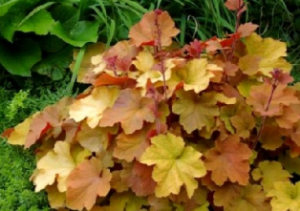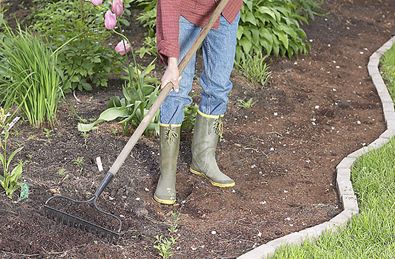It’s that time of year… time to start thinking about your spring garden! Although plants are dormant now, there are still a number of things that you can do to get a jump start on the coming season.
Pruning is important, both for shaping your plants and for helping them regenerate healthy new growth in future months. February is a good time to start pruning trees and woody shrubs. It’s also a good idea to lightly prune the tips of your spring-flowering shrubs to encourage a flush of new growth.
If you haven’t done it already, it’s time to fertilize your broad-leaf evergreens and other acid loving shrubs.
As long as the ground isn’t frozen, you can start some garden bed preparation work. Remove weeds as you see them, before they have a chance to establish and become a bigger problem later in the year. Clear out any debris or winter mulches, and shape up your beds by re-edging and applying a fresh layer of mulch or compost.
Our online Plant Finder is a great tool if you’re planning to add something new to your garden this year and want a little guidance on which plants will do best in your particular area. If you prefer a more hands-on approach, then stop by our Nursery and speak to one of our Certified Nursery & Landscape Professionals. A CNLP can walk you through the garden planning process from start to finish and identify plants for many different applications, from landscaping a wet, shady area to attracting birds with native plants.
















